14 Things Only ’80s Kids Understand About Mall Arcades

Remember when malls weren’t just places to shop, but magical portals to digital wonderlands? Back in the ‘80s, tucked between clothing stores and food courts, the arcade was the beating heart of every shopping center.
These noisy, flashing caves of pixelated glory pulled kids in like moths to a joystick-lit flame. I spent countless weekends in those neon-lit sanctuaries, mastering Street Fighter combos, chasing high scores on Galaga, and trading tips with fellow arcade warriors—while Mom browsed department stores undisturbed.
There was a kind of electricity in the air, a shared thrill you could feel as tokens clinked and games shouted for attention. Today’s kids with their ultra-sleek home consoles will never quite know the joy of a sticky joystick, a pocket full of quarters, and a crowd cheering on your final life.
1. The Sacred Quest for Quarters

My pockets jingled with precious metal currency, each quarter representing a potential digital adventure. We’d check couch cushions, return soda bottles, and practically beg strangers for spare change just to play another round of Pac-Man.
Parents became walking ATMs during mall trips, constantly bombarded with pleas of “just one more game!” The quarter shortage was real – I once traded my entire lunch for five shiny coins.
The weight of quarters in your pocket was the ’80s kid equivalent of checking your bank account. Heavy pockets meant power and possibility. Light pockets meant watching other kids play while you contemplated which household chores might earn you more gaming capital.
2. Joystick Calluses Were Badges of Honor
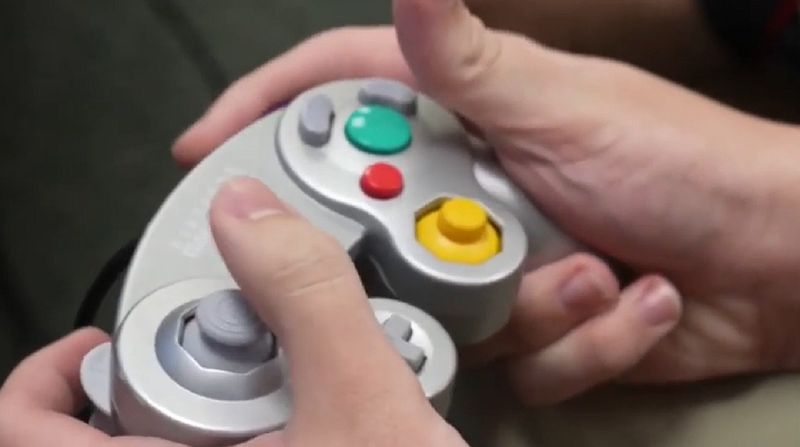
Battle scars from hours of Space Invaders decorated my palm – a reddened circle that proved my gaming dedication. We compared these marks like warriors showing off battle wounds, each callus representing countless hours spent mastering difficult games.
My right thumb developed a special hardened spot from rapid-fire button mashing. Mom worried I’d develop some strange hand disease, but fellow arcade dwellers understood this was simply the physical manifestation of gaming excellence.
Explaining to teachers why your writing hand was sore became a regular occurrence. “I was defending the galaxy from alien invasion” wasn’t an excuse they particularly appreciated, but it was honest. Those physical reminders of arcade battles were worn proudly among our circle.
3. Initials on the High Score Screen Were Fame
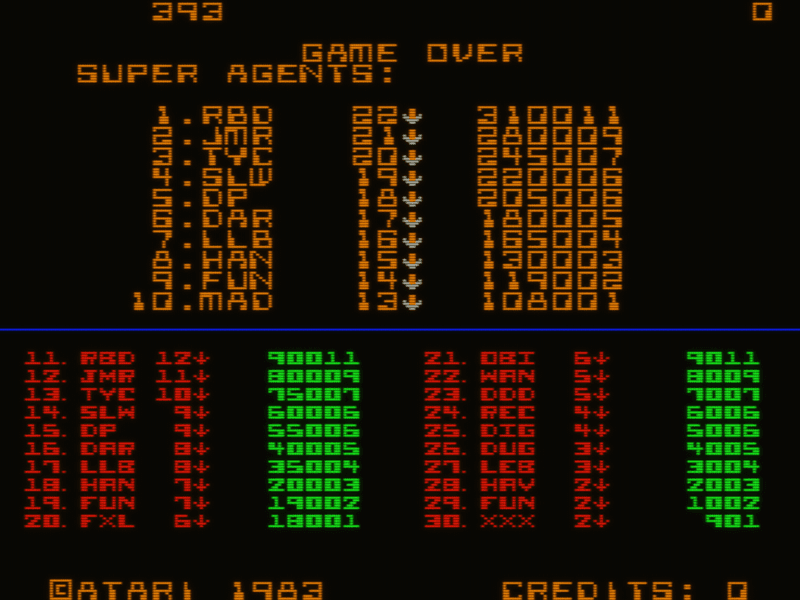
Scoring big enough to enter your three-letter code on the leaderboard was basically achieving celebrity status. I once spent an entire Saturday determined to knock “BRT” off the Galaga throne – mission accomplished with my “MAX” taking the coveted top spot.
Strategic initial selection became an art form. Some chose their actual initials, while others crafted miniature rebellions with inappropriate combinations that somehow slipped past arcade owners. My friend Tommy always used “GOD” which seemed both blasphemous and perfectly appropriate.
The devastation of returning a week later to find your score bumped off the board was crushing. High scores were temporary glory – digital fame that lasted only until someone better (or with more quarters) came along. Still, seeing your code displayed was worth every quarter spent.
4. The Mystical Arcade Token Economy
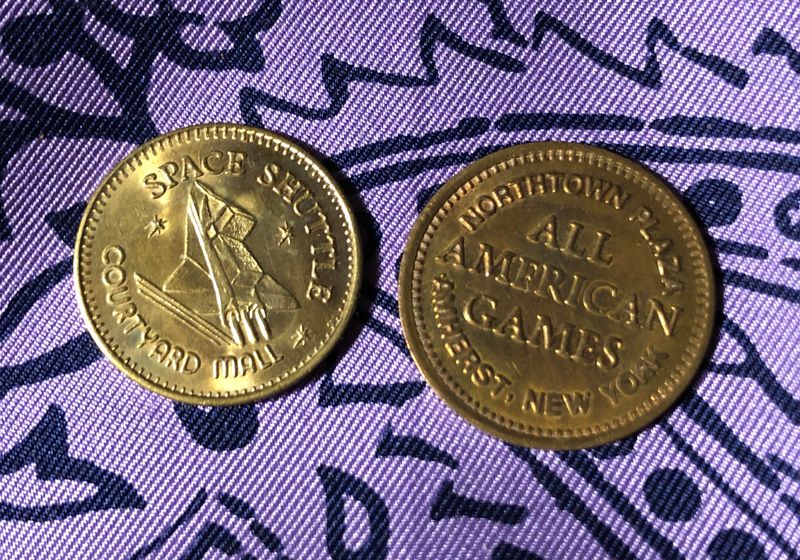
Fancy arcades introduced their own currency – tokens that transformed mundane quarters into branded gaming fuel. Nothing matched the satisfaction of feeding a $5 bill into the token machine and hearing that cascade of metal discs filling the collection cup.
Token hoarding became serious business. I kept mine in a special Pac-Man coin purse, counting and recounting between games. The arcade at Westside Mall gave six tokens for a dollar instead of the standard four – information that spread through kid networks faster than playground gossip.
Finding a forgotten token in your jacket months later felt like discovering buried treasure. Bonus tokens from winning tickets or special promotions were treated with extra reverence, often saved for the perfect gaming opportunity. Our personal economies revolved around these golden coins.
5. The Crowd Around Dragon’s Lair
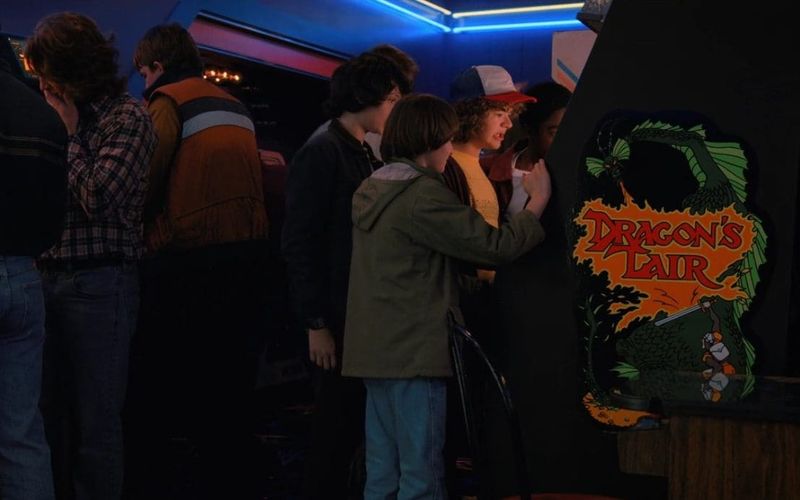
Revolutionary laser disc games like Dragon’s Lair created unprecedented arcade spectacles. The machine devoured 50 cents per play – highway robbery compared to standard 25-cent games – but delivered actual cartoon animation that left us breathless.
Crowds three-deep would gather to watch brave players attempt to guide Dirk the Daring through the dragon’s castle. The collective groan when someone died (which happened constantly) was followed by the next kid eagerly stepping up with quarters ready.
My first successful rescue of Princess Daphne earned actual applause from onlookers. The game was essentially an exercise in memorization rather than skill, but nobody cared. Those gorgeous animations were worth every penny and every humiliating death by dragon fire, falling floor, or electric knight.
6. Arcade Etiquette Was Unwritten Law
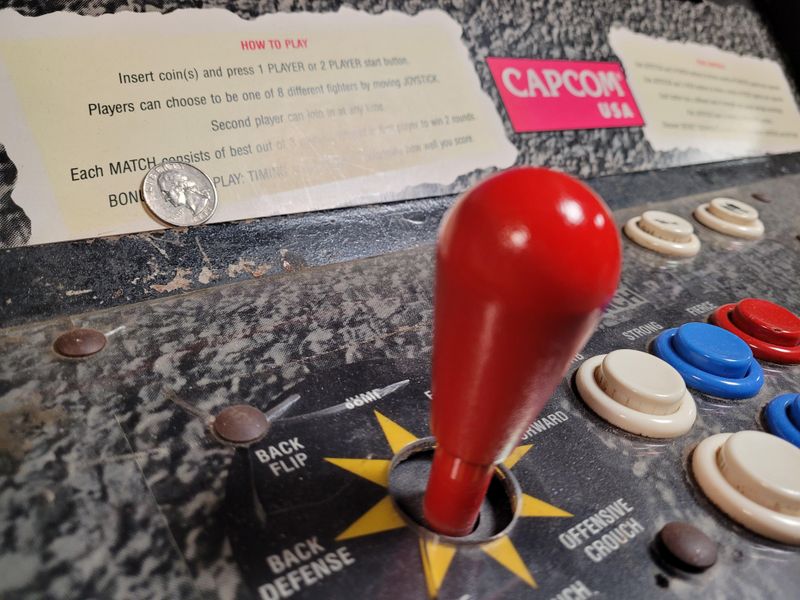
Placing your quarter on the cabinet’s edge signaled your spot in line – an inviolable reservation system understood by all arcade citizens. Jumping the queue could result in banishment from the social hierarchy faster than you could say “Game Over.”
Watching without crowding required specific spatial awareness. Standing too close might break a player’s concentration, but everyone was entitled to observe the gameplay of wizards who could stretch a single quarter into an hour-long performance.
Offering unsolicited advice walked a fine line between helpful and annoying. “You need to jump earlier on that platform” might be appreciated from a recognized master but resented from a random kid. The complex social dynamics of arcade culture had rules as intricate as any video game, with real-world consequences for violations.
7. The Arcade Wizard’s Recognizable Aura
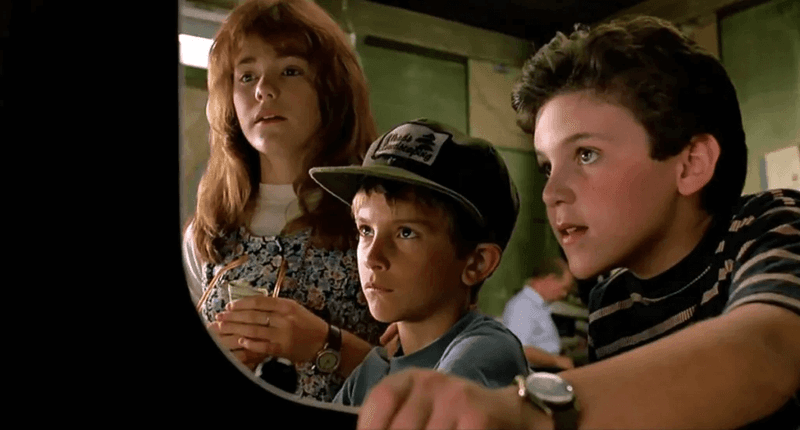
Every arcade had that legendary kid who could play Defender for hours on a single quarter. Jerry from my neighborhood could literally draw crowds with his Robotron skills – his hands moving so fast they blurred while he casually carried on conversations.
These arcade celebrities earned respect transcending normal social hierarchies. A socially awkward seventh grader might command the admiration of high schoolers through sheer gaming prowess. I once watched our local wizard navigate all of Pac-Man’s kill screens while explaining his technique to wide-eyed disciples.
Learning from these masters was a privilege. They shared secret moves, pattern recognition tricks, and cabinet-specific quirks that couldn’t be found in any strategy guide. Their seemingly supernatural abilities with joysticks and buttons elevated them to mythical status in our young minds – digital demigods in Metallica t-shirts.
8. The Sticky Floor Mystery Substance
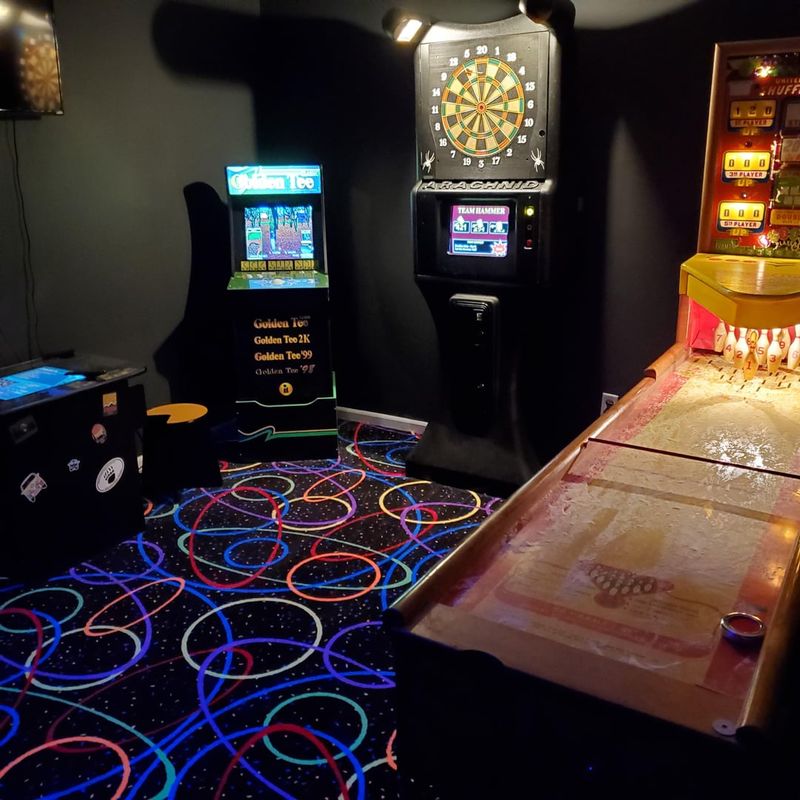
Arcades featured their own unique ecosystem, complete with a perpetually sticky floor that defied scientific explanation. The mysterious substance – likely a combination of spilled soda, candy residue, and the tears of kids who lost their last quarter – created a distinctive tactile experience.
Shoes would make that unmistakable peeling sound with each step. The truly devoted gamers developed a stance that minimized floor contact while maximizing joystick control. My favorite sneakers permanently carried the black residue of countless arcade adventures.
Parents universally despised this aspect of arcade culture. “What is ON this floor?” became a common refrain before hurrying us toward the exit. We simply accepted the stickiness as part of the ambiance, along with the cacophony of game sounds and the perpetual twilight of dimmed lighting.
9. Two-Player Cooperative Bonding

Finding a compatible arcade partner was friendship alchemy at its finest. My buddy Mike and I dominated Gauntlet for months – me as Wizard, him as Warrior – communicating through an elaborate shorthand that confused outsiders but kept us alive through hundreds of dungeons.
Cooperative gameplay taught negotiation skills no classroom could match. “You take the health power-up, I’ll grab the weapon upgrade” required split-second trust decisions with real consequences. These partnerships often revealed more about compatibility than any playground interaction.
The ultimate test came when quarters ran low. Would your partner share their last few tokens to keep the team alive? True arcade friendships were forged in these moments of digital crisis. Some of my strongest childhood bonds were cemented standing shoulder-to-shoulder at cabinets, battling alien invaders or rescuing princesses together.
10. The Arcade-to-Home Disappointment Pipeline

Arcade-to-console ports created a unique form of childhood disillusionment. After begging for the Atari version of Pac-Man for months, Christmas morning revealed yellow squares eating dots instead of the glorious arcade experience. The crushing disappointment was formative.
Parents never quite understood why we weren’t satisfied. “You wanted Pac-Man, this IS Pac-Man!” they’d insist as we stared at blocky approximations of our beloved arcade games. Technical limitations meant home versions were pale imitations – like getting a stick figure drawing instead of the Mona Lisa.
Magazine advertisements showing screenshots that looked suspiciously like arcade graphics rather than actual console output fueled our unrealistic expectations. Learning to manage this disappointment became an unwanted life lesson. Still, even those sad approximations kept the arcade flame burning between mall visits.
11. The Ticket Counter Prize Calculation Matrix

Skee-Ball and ticket-dispensing games introduced complex economic calculations to our young minds. The giant stuffed panda required 5,000 tickets, while each game yielded maybe 20 tickets on a good roll. Quick mental math revealed the panda’s true cost at around $50 in quarters – highway robbery!
Strategic ticket spending became serious business. Small candy rewards offered immediate gratification but terrible ticket-to-value ratios. Saving for larger prizes required discipline many of us lacked. My friend Sarah meticulously stored her tickets in a special envelope for months until she had enough for a coveted Walkman.
The universal truth every ’80s kid eventually discovered: that plastic spider ring worth approximately two cents somehow cost 50 tickets – the equivalent of several dollars in game play. Yet we persisted, driven by the allure of prizes that seemed valuable only within the arcade’s economy.
12. The Deafening Symphony of Electronic Chaos
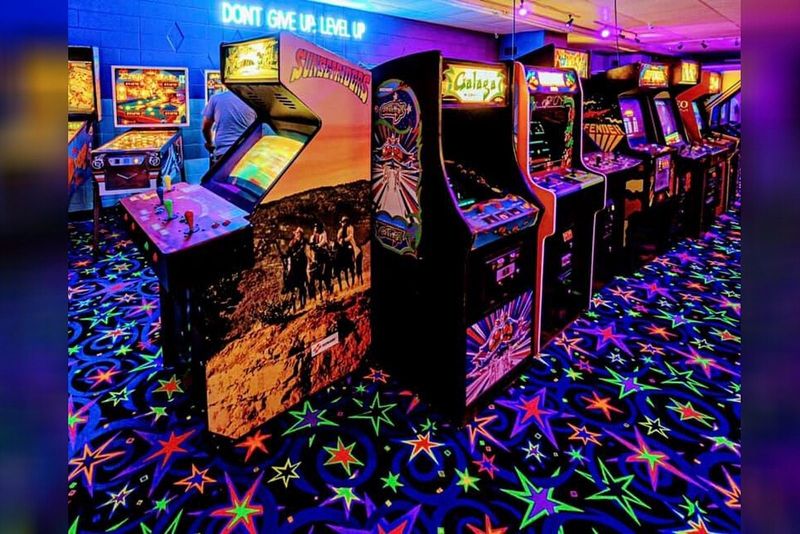
Arcades assaulted the senses with a wall of competing electronic sounds – a cacophony that would trigger noise complaints anywhere else but felt like home to us. Each game fought for attention with distinctive audio signatures that veteran arcade-goers could identify blindfolded.
Galaga’s insect-like movement sounds, Pac-Man’s wakka-wakka, and Donkey Kong’s musical interludes blended into a bizarre orchestra. Parents would emerge from these noisy caves with thousand-yard stares and headaches, while we kids somehow found the chaos comforting and exciting.
The sound of tokens dropping into slots provided a percussion section to this digital symphony. Even now, certain electronic beeps or boops can transport me instantly back to those dimly lit spaces. Our ears would ring for hours afterward, but the temporary hearing damage seemed a small price for digital adventure.
13. The Perfect Button-Mashing Technique
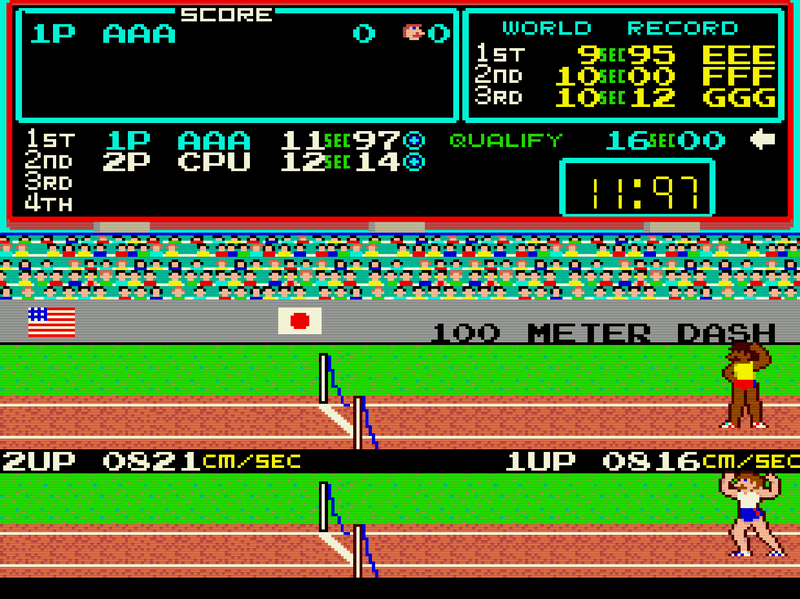
Button mashing evolved from desperate flailing to sophisticated technique. Track & Field and other sports games required developing specialized finger movements that bordered on medical concerns. My friend Danny used a pencil eraser for maximum button speed – technically cheating but impressively innovative.
Physical conditioning for digital success became normal. Wrist exercises, finger stretches, and even ice baths for particularly sore thumbs weren’t uncommon after marathon gaming sessions. Parents worried about these strange new repetitive stress injuries that pediatricians hadn’t yet categorized.
Comparing techniques became serious discussion among arcade regulars. Palm-heel strikes versus finger tapping created passionate debates. The truly dedicated players developed calluses specifically shaped to their preferred button-mashing style. These physical adaptations were evolutionary responses to our new digital environment – Darwin would have been fascinated.
14. The Pre-Internet Strategy Guide Network
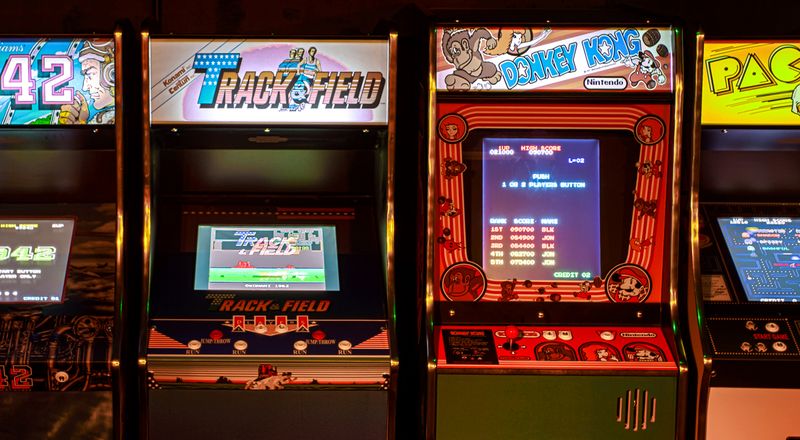
Knowledge sharing happened face-to-face in a pre-internet era, creating a fascinating oral tradition of gaming wisdom. Secret moves and hidden levels spread through playgrounds like folklore, with varying degrees of accuracy. I spent weeks trying to find the supposed secret warp in Donkey Kong because Tommy swore his cousin discovered it.
Hand-drawn maps of complex game layouts were precious artifacts passed between friends. My intricately detailed Ghosts ‘n Goblins level guides – complete with enemy placements and weapon recommendations – were borrowed so frequently they eventually disintegrated.
Magazines like Nintendo Power became sacred texts, but their coverage couldn’t match the constantly evolving arcade scene. When someone discovered that hitting both buttons simultaneously in Contra gave special weapons, that information spread through kid networks faster than any official publication could document.
